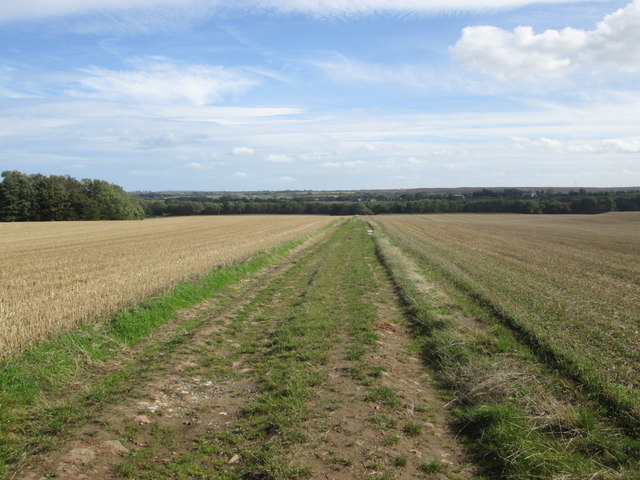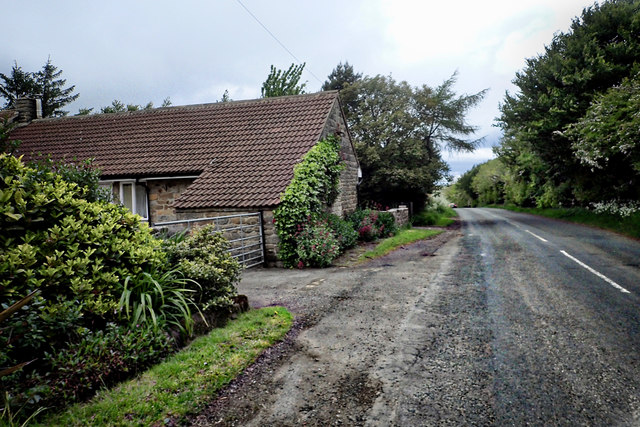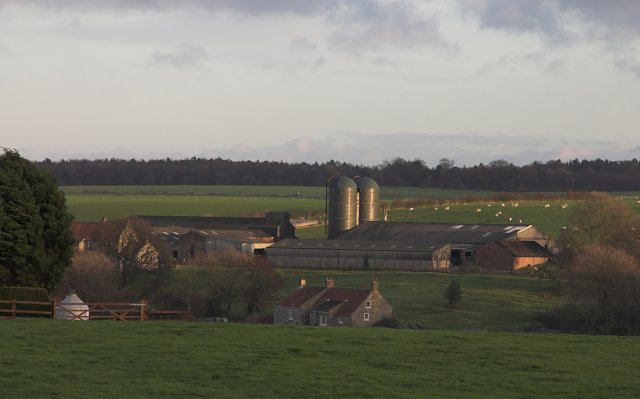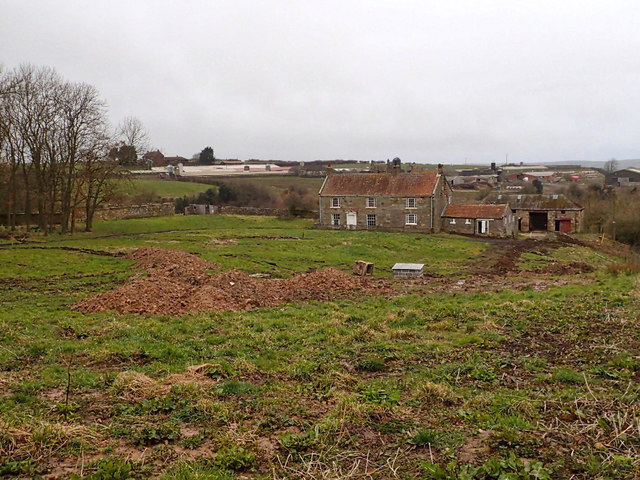Warren Wood
Wood, Forest in Yorkshire
England
Warren Wood

Warren Wood is a charming forest situated in Yorkshire, England. This woodland sanctuary covers an area of approximately 50 acres and is known for its stunning natural beauty and diverse flora and fauna.
Located on the outskirts of a small village, Warren Wood offers visitors a tranquil escape from the hustle and bustle of daily life. The forest is easily accessible, with well-maintained footpaths winding through its dense foliage, allowing visitors to explore the area at their own pace.
The wood is primarily composed of deciduous trees, such as oak, beech, and ash, which provide a striking display of colors during the autumn months. These ancient trees create a dense canopy that shelters a wide variety of wildlife, including deer, foxes, and a plethora of bird species.
Nature enthusiasts often flock to Warren Wood to indulge in activities such as birdwatching, photography, or simply enjoying a leisurely walk amidst the peaceful surroundings. The forest is also home to several designated picnic areas, allowing families and friends to gather and enjoy a day out surrounded by nature.
Warren Wood holds historical significance as well, with remnants of an old medieval hunting lodge still visible within its boundaries. These ruins add an air of mystery and intrigue to the forest, captivating the imagination of visitors.
Overall, Warren Wood is a captivating destination that offers a perfect getaway for those seeking solace in nature's embrace. Its natural beauty, diverse wildlife, and historical elements make it a truly unique and enchanting place to visit in Yorkshire.
If you have any feedback on the listing, please let us know in the comments section below.
Warren Wood Images
Images are sourced within 2km of 54.535345/-0.86392408 or Grid Reference NZ7316. Thanks to Geograph Open Source API. All images are credited.

![Site of a Cistercian Nunnery and Home to a Dragon "Writing in 1888, Rev Thomas Parkinson in his 'Yorkshire Legends and Traditions' gives the following account of the death of the Handale Serpent. 'In ancient times these quiet woods were infested by a huge serpent, possessed of most singular fascinating powers, which used to beguile young damsels from the paths of truth and duty, and afterwards feed on their dainty limbs. At this time there lived in these parts a brave and gallant youth named Scaw, who felt greatly incensed at the ravages which the serpent made among his fair acquaintances, and he determined to destroy the vile monster, or perish in the attempt. Therefore, amid the tears and prayers of his friends and sweethearts, he buckled on his armour, and proceeded to the serpent's cave. Striking the rock with his sword, the reptile immediately issued from his den, breathing fire from his nostrils, and rearing high his crested head to transfix the bold intruder with his poisonous sting. Nothing daunted, the young hero fought bravely, and after a long and severe contest succeeded in killing the monster. Young Scaw forthwith married an earl's daughter found in the cave, and, by his valour, rescued from a cruel death. By this marriage he obtained vast estates. The wood where he slew the serpent is called Scaw Wood to this day, and the stone coffin in which he was buried is yet shown near the site of the priory.' [Rev Parkinson cited an article named 'Serpent Legends of Yorkshire' that appeared in 'Leisure Hour' May 1878, as his source of information]
St Mary's Priory at Handale
Handale (also known as Grendale) priory was founded by William de Percy, (son of Richard de Percy) in 1133. It housed a small community of Benedictine nuns sent here from Rosedale Abbey as a penance, though four centuries later, by the time of the Dissolution of the Monasteries 1539, when the priory was closed, the ten remaining nuns were Cistercian (It had been Cistercian from at least 1504). There is very little left of Handale Priory itself. For a while the buildings were used for the manufacturing of cotton which one source suggested stopped in the late 18th and early 19th century with the lack of demand during the Napoleonic War. In 1808 it is said the remains of the west end of the chapel was still present and in 1846 the remaining buildings were demolished with the stone being used for the nearby Handle Abbey Farmhouse and Handale Abbey Walled Garden which is now Grade II listed and marks the location where the nunnery once stood.
In 1830 sixteen human skeletons were found at the priory which then linked it with Scaw and the legend of the dragon. The exact details of what was found is slightly unclear and differs depending upon the source you read. Essentially though the finds included a stone coffin, a stone pedestal of a font or cross and a sword which measured either 4' or 5'. The skeleton with the sword was associated with Scaw. One source suggested the stone coffin lid had a sword carved on it and 'snake slayer'."
Quoted from &quot;Handale Priory, Scaw and the Serpent&quot;, Mysterious Britain &amp; Ireland, see <span class="nowrap"><a title="http://www.mysteriousbritain.co.uk/england/cleveland/legends/handale-priory-scaw-and-the-serpent.html" rel="nofollow ugc noopener" href="http://www.mysteriousbritain.co.uk/england/cleveland/legends/handale-priory-scaw-and-the-serpent.html">Link</a><img style="margin-left:2px;" alt="External link" title="External link - shift click to open in new window" src="https://s1.geograph.org.uk/img/external.png" width="10" height="10"/></span> retrieved 23 March 2016.](https://s0.geograph.org.uk/geophotos/04/87/47/4874752_6364d6c9.jpg)
Warren Wood is located at Grid Ref: NZ7316 (Lat: 54.535345, Lng: -0.86392408)
Division: North Riding
Unitary Authority: Redcar and Cleveland
Police Authority: Cleveland
What 3 Words
///dislikes.aboard.bolt. Near Loftus, North Yorkshire
Nearby Locations
Related Wikis
Handale
Handale is a hamlet, that is 2 miles (3 km) south of Loftus, in the borough of Redcar and Cleveland and the ceremonial county of North Yorkshire, England...
Handale Priory
Handale Priory (also called Grendale) was a priory of Cistercian nuns in Handale, North Yorkshire, England. It was founded in 1133 by William, son of Roger...
Grinkle railway station
Grinkle railway station was on the Whitby Redcar and Middlesbrough Union Railway. It was opened on 3 December 1883, and served the village of Easington...
Easington, North Yorkshire
Easington is a village in the civil parish of Loftus, in the Redcar and Cleveland district, in the ceremonial county of North Yorkshire, England and is...
Have you been to Warren Wood?
Leave your review of Warren Wood below (or comments, questions and feedback).


















